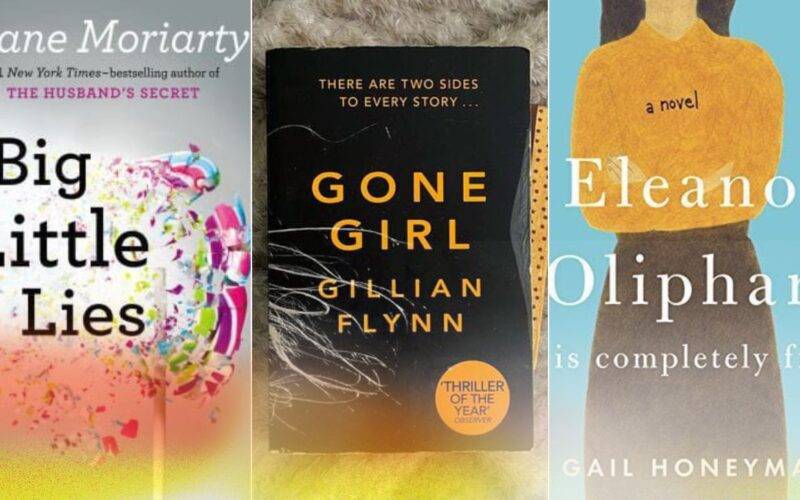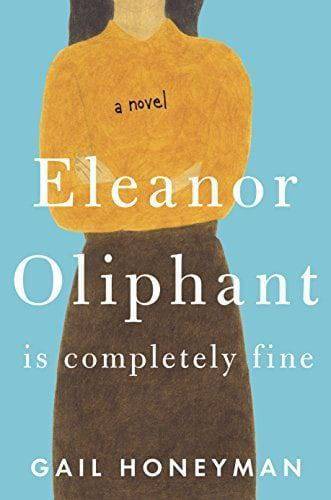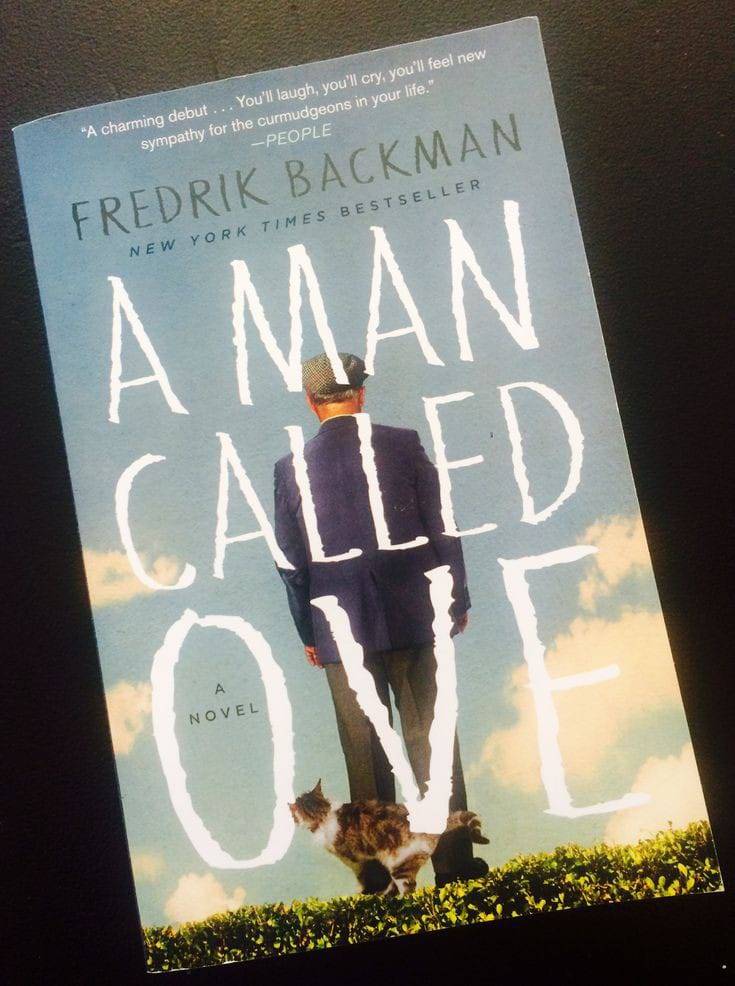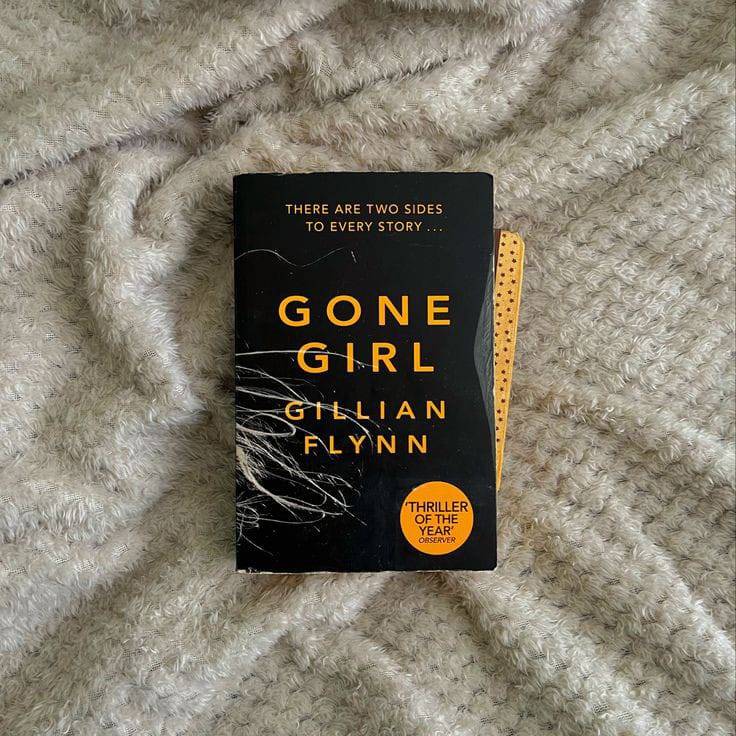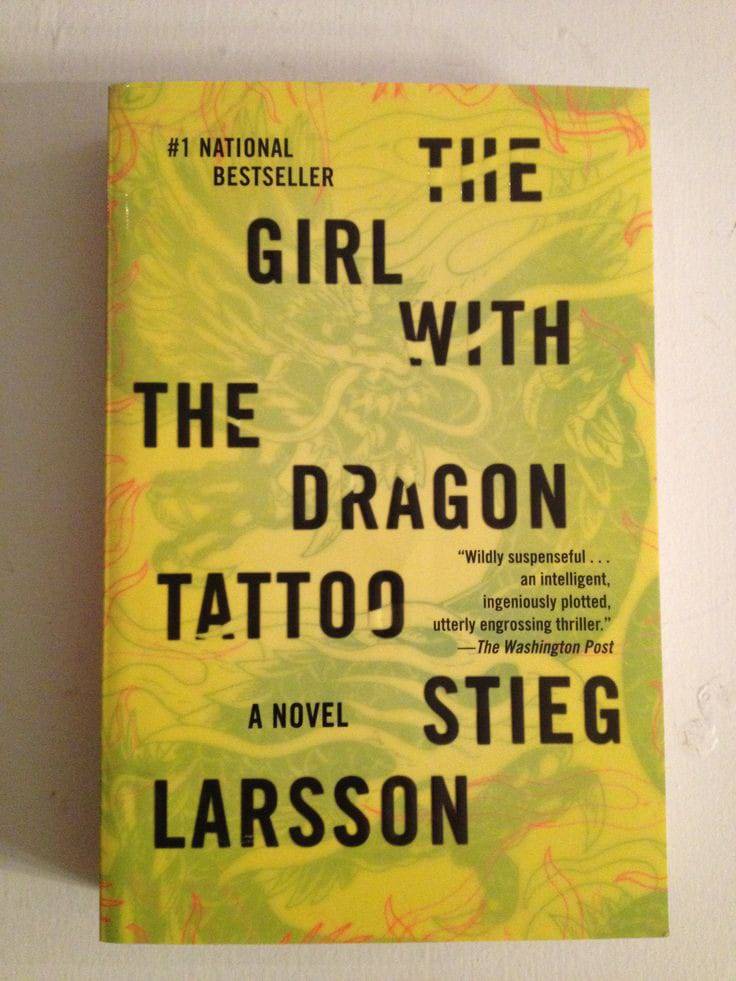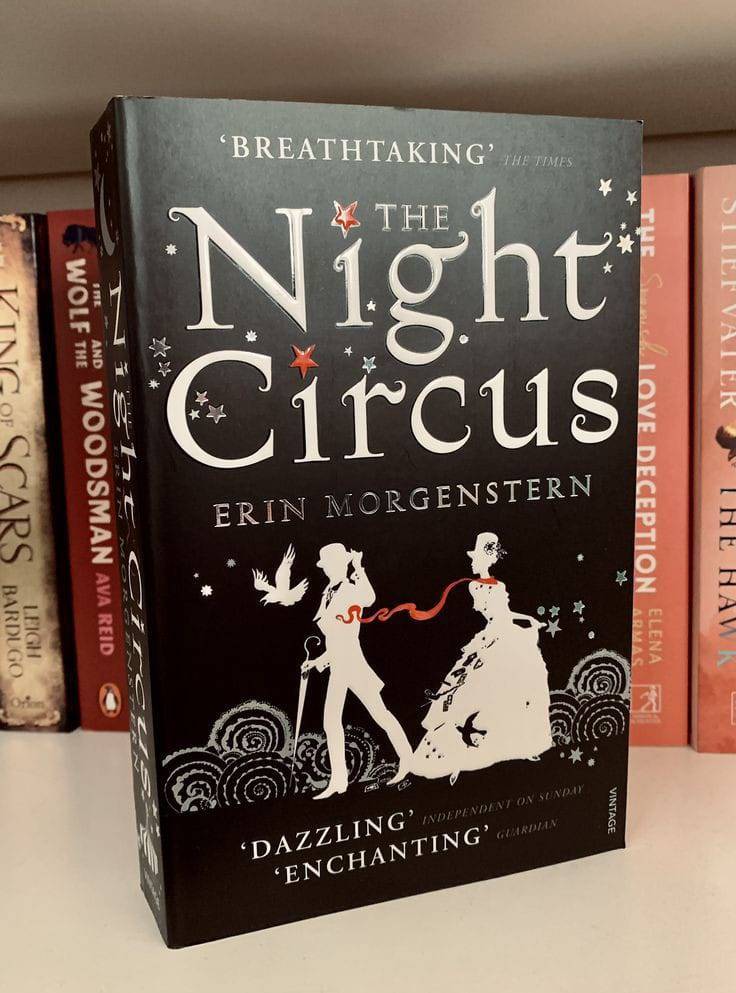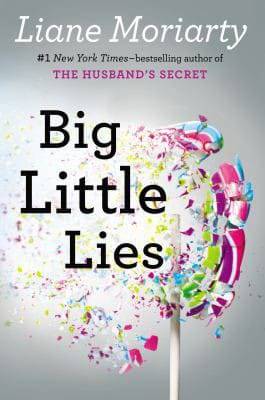Ah, the timeless battle of character versus plot! It’s like asking whether a story needs a heart or a brain more, except in this case, we’re hoping our story doesn’t turn into a zombie. Both elements are crucial, but understanding how each contributes to a narrative can help us appreciate the art of storytelling and create unforgettable tales.
First, let’s talk about character-driven stories. These are the tales where characters hog the spotlight, developing and growing right before our eyes. Think of these stories as reality TV, but with more introspection and fewer awkward confessions. Characters are the soul of the narrative, giving us someone to root for, laugh with, or even yell at when they make questionable life choices. They’re like our friends, only fictional (and often much more interesting).
Characters are the heart of any story. They give readers someone to root for, empathize with, or even despise. Well-developed characters make us care about what happens to them, offering emotional connection and relatability. Multi-dimensional characters reflect the complexities of real people, making the story feel more authentic and engaging. Their flaws, strengths, and evolving personalities mirror our own experiences and growth. Moreover, a character’s inner conflict can drive the story as much as external events, with their decisions, doubts, and personal dilemmas creating a compelling narrative arc.
Take “Eleanor Oliphant Is Completely Fine” by Gail Honeyman. Eleanor’s quirky personality and her journey towards self-acceptance make the plot almost secondary. We’re so engrossed in her personal growth that we barely notice the ticking clock of the story. Eleanor is awkward, blunt, and socially inept, yet incredibly endearing. Her transformation from a reclusive, routine-obsessed individual to someone who opens up to the world around her is the essence of the story. The plot events—her interactions with colleagues, her budding friendship with Raymond, and her painful backstory—serve to illuminate and challenge her character, pushing her towards change.
Another stellar example is “A Man Called Ove ” by Fredrik Backman, where Ove’s grumpy old man persona slowly unravels to reveal a deeply touching and humorous character study. It’s not about what happens to Ove as much as how he reacts and evolves through his encounters. Ove’s daily life, filled with stubborn adherence to routine and comic clashes with his neighbors, gradually reveals a man hiding deep grief and loss. The plot, with its seemingly mundane incidents, forces Ove out of his isolation and into a community that he ultimately helps and is helped by, showcasing a beautiful character arc.
On the other hand, we have plot-driven stories. These are the fast-paced thrillers, the edge-of-your-seat adventures where the story’s events are the main attraction. Imagine a theme park ride where every twist and turn keeps you hooked, and the characters are just along for the ride, screaming alongside you. Plot-driven tales are like a high-speed chase: exhilarating, edge-of-your-seat action that keeps you flipping pages faster than you can say “cliffhanger.”
A strong plot provides a framework that maintains the story’s momentum, dictating the pacing and ensuring there’s a clear beginning, middle, and end. Plot-driven stories often rely on suspense, twists, and high stakes to captivate readers. The “what happens next” factor keeps readers turning pages. These stories often have clear objectives or missions that characters must accomplish, driving the narrative forward with purpose.
Consider “Gone Girl” by Gillian Flynn. The plot’s intricate twists and turns are what make this book a page-turner. We’re so busy piecing together the mystery of Amy’s disappearance that the characters’ deep psychological profiles are like an added bonus. The story is a masterclass in suspense, with alternating perspectives and unreliable narrators keeping readers on their toes. Amy’s cunning and Nick’s desperation are revealed through the plot’s unfolding events, making the narrative gripping and intense.
Another example is “The Girl with the Dragon Tattoo” by Stieg Larsson, where the relentless pace and complex plot keep readers captivated. Sure, Lisbeth Salander is a fascinating character, but it’s the unfolding mystery and suspense that drive the narrative. The plot is packed with action, twists, and revelations that keep readers engaged from start to finish. Lisbeth’s hacking skills and Mikael Blomkvist’s investigative prowess are central to solving the mystery, and their character traits are highlighted through the plot’s challenges.
But why limit ourselves to one or the other? The best stories strike a perfect balance between character and plot, creating a symphony where both elements play off each other harmoniously. Characters shape the plot, and the plot, in turn, challenges and develops the characters. It’s like a well-choreographed dance, with each step pushing the story forward.
Characters’ decisions and growth should influence the plot. Their personal stakes and internal conflicts should drive the story’s events. Conversely, the plot should challenge characters, forcing them to evolve. Their responses to external events reveal their true nature and lead to growth. This dynamic interaction creates a layered and engaging narrative.
Consider “The Night Circus” by Erin Morgenstern. The magical plot and enchanting setting are intertwined with the deeply personal stories of the characters, making the book both a visual feast and an emotional journey. The circus’s ethereal beauty and mysterious atmosphere provide a backdrop for the characters’ intricate relationships and personal struggles. Celia and Marco’s magical duel is not just a plot device but a catalyst for their growth and connection. Each event in the plot contributes to their development and the rich, immersive world they inhabit.
Another great example is “Big Little Lies” by Liane Moriarty, where the plot’s twists and dark secrets are matched by the rich, complex lives of the characters. Each revelation impacts the characters profoundly, driving both the plot and their personal growth. The novel expertly weaves together the personal dramas of its characters with a central mystery, creating a narrative that is both engaging and emotionally resonant. The interplay between plot and character is seamless, with each aspect enhancing the other.
Deciding whether to focus on character or plot depends on the story you want to tell. If the core of your story is an emotional journey or personal transformation, a character-driven approach may be best. If it’s about solving a mystery or accomplishing a mission, a plot-driven approach might work better. Your passion for character development or intricate plotting will shine through in your writing, and your readers will thank you for it.
Consider what your readers enjoy. Some prefer deep character studies, while others love fast-paced action and twists. Understanding your audience can help guide your focus. For instance, literary fiction often leans towards character-driven narratives, appealing to readers who enjoy introspective and complex character arcs. Genres like mystery, thriller, and science fiction may prioritize plot, catering to readers who crave excitement and intricate storylines.
Characters and plot aren’t adversaries – they’re partners in crime, working together to craft stories that resonate with readers. By understanding the strengths of both elements and how they can complement each other, you can craft a narrative that resonates with readers on multiple levels.
So, the next time you sit down to write, remember: characters and plot are like peanut butter and jelly, Batman and Robin, or Netflix and chill. Embrace both, and let them drive your story to new heights. Now, go forth and write the next great novel! Just don’t forget to have fun along the way.

